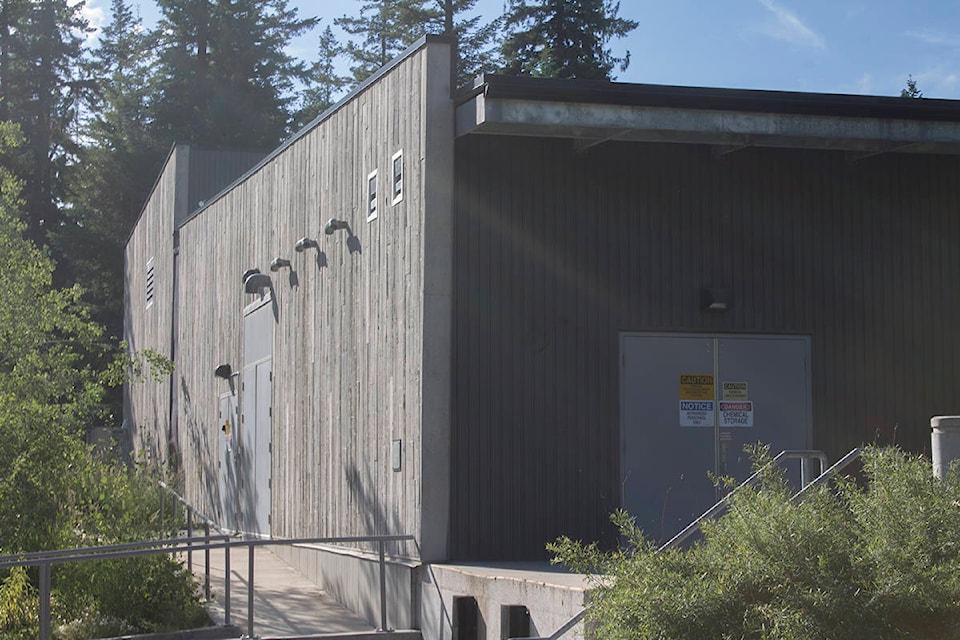The District of Sicamous is aiming to use 92 million fewer litres of water per year — a 15 per cent reduction from current levels — by 2025.
A new water conservation plan for Sicamous was unanimously approved by district council at its May 26 meeting following a presentation by public works supervisor Darrell Symbaluk which highlighted key takeaways from the plan.
District chief financial officer Kelly Bennett said the plan cost the district between $10,000 to $15,000, and was done by Kamloops-based Urban Systems Ltd. over the past two years.
It was explained a requirement for grant opportunities is a council-endorsed water conservation plan that is no more than five years old. The last endorsed plan was from 2015.
One key finding from Urban Systems’ plan was that Sicamous used 615 million litres of water per year as of 2018. This equates to about 690 litres of water per person per day.
However, Sicamous has an influx of tourists in the summer. Symbaluk said that if this was accounted for in the data, Sicamous’ per capita water usage would actually be much lower.
As of 2017, the Canadian average water consumption was 427 litres per person per day, and the B.C. average was 503 litres per person per day.
According to Urban Systems’ report, Sicamous’ water consumption is higher than Enderby and Armstrong’s, but lower than Salmon Arm’s.
Read more: Shuswap marine rescue crew installing life-saving rings at public swim areas
Read more:Novice kayaker rescued on Shuswap River
Sicamous’ water treatment plant has a capacity of eight million litres per day and, even at a population growth of two per cent per year, the plant as it is now could service the district until 2047.
Urban Systems noted that 21 per cent of the district’s water usage is unaccounted for. They said this could be attributed to a variety of causes, including, but not limited to, system leakage, unmetered accounts or water meter inaccuracies.
Symbaluk said that 15 per cent unaccounted for is the industry standard and that the extra unaccounted water usage is likely from unmetered irrigation, services and district usage. Symbaluk said the district’s actual unaccounted-for water use is likely quite a bit under 21 per cent.
Urban Systems’ report said the district is not experiencing any supply or distribution constraints and that the operation of the district’s water system is unlikely to impact stream health, fish health or local aquifers.
However, since 2000, the district has been withdrawing more water from Mara Lake than permitted under its current surface water license.
Urban Systems’ report listed some high-priority ways the district can reduce water usage. One recommendation was to continue working towards 100 per cent metering across the district. Symbaluk said the district is currently around 95 or 96 per cent metered.
Another way Urban Systems said the district can reduce its water usage is through public outreach and education on water conservation. Symbaluk said the district is planning on mailing out educational materials with utility bills.
@roman_reports
zachary.roman@saobserver.net
Like us on Facebook and follow us on Twitter.
